In recent years, the demand for at-home wellness solutions has surged—and one star of this movement is portable red light therapy. From reducing wrinkles to easing joint pain, these compact light therapy devices are marketed as miracle tools for a range of conditions. But do they actually work? Let’s shed some light—specifically red and near infrared—on the science and practicality of these handheld tools.
What Is Red Light Therapy?
Red light therapy (RLT), also known as photobiomodulation, uses specific wavelengths of light to stimulate cellular processes in the skin and body. Typically, the therapy involves red light in the 633nm to 660nm range and near infrared (NIR) light between 800nm and 850nm. These wavelengths penetrate the skin at different depths, delivering energy to mitochondria, which can boost healing and cellular regeneration.
The benefits of red light therapy are extensive—some claim it can smooth fine lines, stimulate collagen, enhance mood, reduce inflammation, improve circulation, and even combat acne-causing bacteria. But the big question remains: can these effects truly be achieved from a portable red light therapy device?
Portable Red Light Therapy: Home or On the Go
Portable red light therapy devices are compact tools designed for use in the comfort of your own home—or even during travel use. Unlike full-body red light therapy panels, these smaller devices are easy to handle, require no complex installation, and often come with features like a built-in stand for convenient hands-free use or a rechargeable battery for extended battery life.
The rise in popularity of these light therapy products has been driven by consumer desire for therapy at home. Whether it's a red light therapy mask for skincare, a red light therapy belt for lower back pain, or a handheld device targeting joint pain, the convenience of treating oneself with light has reshaped how many approach wellness.
How It Works: Wavelengths and LEDs
The effectiveness of red light therapy largely depends on two key factors: wavelength and irradiance. Devices use LEDs (light-emitting diodes) to emit specific wavelengths of red and near infrared light. The 660nm red light wavelength is commonly used for surface-level skin issues, while 850nm near infrared is used for deeper tissue and muscle recovery.
Some of the most advanced models offer a unique five wavelength design—often combining 633nm red, 650nm red, 660nm, 810nm near infrared, and 850nm for comprehensive coverage. These devices have undergone rigorous testing by third-party experts and proudly bear the safety certification mark of Intertek, ensuring both safety and performance.
The dual chip configuration, sometimes even patent-pending, increases the power of red light delivered, maximizing therapeutic benefits.
Types of Portable Devices
There’s no one-size-fits-all solution when it comes to portable red light therapy. Here are some of the most common types of light therapy devices available for home use:
1. Handheld Red Light Therapy Device
A popular option for those with limited time, these are ideal for localized issues like joint pain or targeted skincare. A portable handheld device to use on specific areas like the face, knees, or back can offer noticeable benefits of red light therapy with just 10-15 minutes of daily routine use.
2. Light Therapy Mask
Designed primarily for the face, the LED face mask is effective for managing acne, reducing wrinkles, and improving skin texture. These typically use red and 633nm red wavelengths to combat oil production and acne-causing bacteria.
3. Red Light Therapy Belt
Flexible and wearable, this type is perfect for larger areas like the abdomen or back. It’s often used to reduce inflammation and provide relief from back pain or menstrual cramps using red and 850nm near infrared light.
4. Light Therapy Panels
While not always considered fully portable, some smaller panel red options are lightweight enough to move around. They often feature an impressive 256 810nm LEDs and provide therapy with an impressive surface area.
Real Results or Just Hype?
The question still lingers—do these portable red light therapy devices actually work?
According to emerging clinical studies and real-world usage, red and near infrared light therapy can lead to meaningful results. The combination of red and NIR wavelengths can stimulate collagen, reduce inflammation, and promote circulation. The key is consistency and using the right wavelengths of light for your specific goals.
Devices with proper irradiance—measured in mW/cm²—are more likely to produce significant results. Higher irradiance ensures the light penetrates deep enough to activate cellular processes. That said, more isn't always better; overexposure can lead to sensitivity to light in some individuals.
What Conditions Can Red Light Help?
1. Skin Health
Red light therapy at home is often used for anti-aging purposes. By targeting the 660nm red light and 633nm red range, devices can reduce fine lines, stimulate collagen, and fade hyperpigmentation. Those with sensitivity to light should use eye protection to prevent discomfort.
2. Pain and Inflammation
Using red and near-infrared light (especially 850nm) can significantly reduce inflammation in joints and muscles. Many athletes rely on near infrared light therapy for post-exercise recovery or to manage chronic back pain and joint pain. Some light therapy devices are even promoted to give you transcranial photobiomodulation therapy for enhanced mental clarity and mood.
3. Acne and Oil Control
The power of red light, particularly when combined with low-frequency blue light, can target acne-causing bacteria and reduce oil production, making it ideal for teens and adults alike. Devices with dual chip LEDs provide better penetration and coverage.
4. Mood and Sleep
Photobiomodulation therapy with an impressive track record also extends to improving circadian rhythm. Red and 67, blue light therapy, and NIR wavelengths can balance melatonin production, making it easier to fall asleep and wake up refreshed.
Considerations Before Buying
If you're exploring your first portable red light therapy device, here are key factors to evaluate:
- Wavelengths of red and NIR: Ensure the device covers 660nm and 850nm at a minimum.
- Irradiance: Look for devices with irradiance levels over 100 mW/cm² for effective penetration.
- Device size and portability: For travel use or compact homes, a portable handheld or light therapy mask may be ideal.
- Built-in timers & safety: Some devices offer preset treatment sessions and auto shut-off for safe use.
- Medical-grade components: Opt for medical grade materials and devices that have undergone rigorous testing.
- Eye protection: Especially if you’re sensitive to light or plan to use the device near the face.
Daily Use and Expectations
Incorporating RLT into your daily routine is simple—most users see benefits with sessions lasting 10–20 minutes, 3–5 times a week. Results vary depending on the condition treated. Skin benefits might appear within 2–4 weeks, while relief from joint pain or inflammation may take several weeks of consistent use.
Cost of Red Light Therapy Devices
Prices for these devices range widely. A basic handheld red light therapy device may cost between $100–$250, while a more advanced near infrared light therapy device with medical-grade LEDs and higher irradiance could be $300–$600. Panel red systems or devices for full-body red light therapy may range from $800 to $2,500.
While these may sound expensive upfront, many users find that long-term savings from fewer spa visits, skincare treatments, or physical therapy sessions justify the cost.
Final Verdict
Portable red light therapy devices offer real benefits backed by emerging science. From improving skin tone to relieving back pain, these light devices give users the freedom to experience therapy with an impressive level of control—right from the comfort of their own home.
Whether you're an athlete recovering from strain, someone battling chronic inflammation, or just want that youthful glow, the right device to use is one that combines the proper wavelengths, LED quality, and practical design. With a portable red light therapy device, wellness is literally in your hands.
An inexpensive, compact and effective LED facial massage tool for face and neck is available now in our store.
Key Takeaways
- Portable red light therapy uses specific wavelengths of red and near-infrared light (like 660nm and 850nm) to stimulate healing and reduce inflammation.
- Devices range from light therapy masks and red light therapy belts to handheld options and panels.
- Consistent use is key—benefits of red light therapy include improved skin, reduced joint pain, and better mood and sleep.
- Always check for safety certifications and third-party testing before purchasing.
- Ideal for home or on the go use, these tools offer a versatile solution for wellness and recovery.

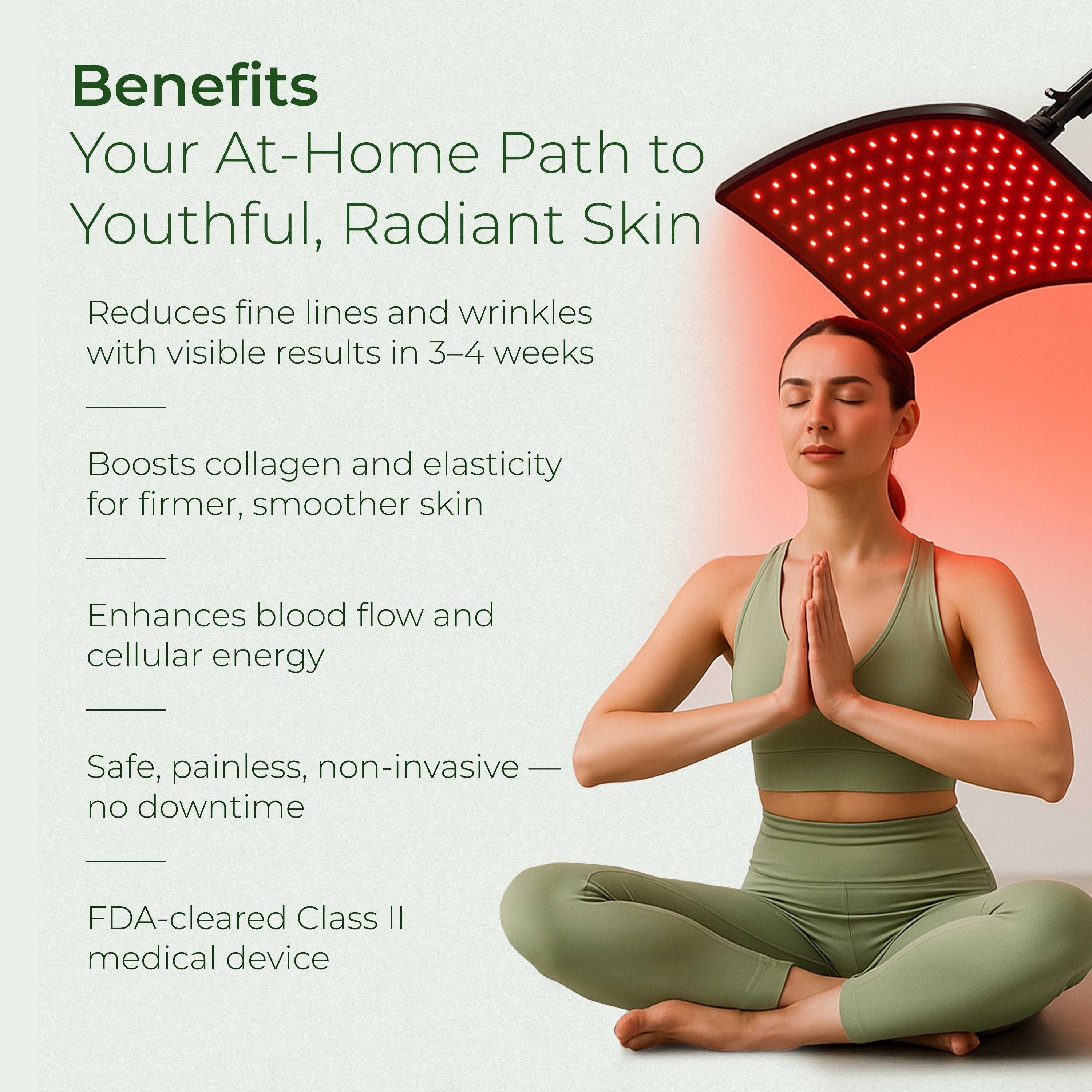
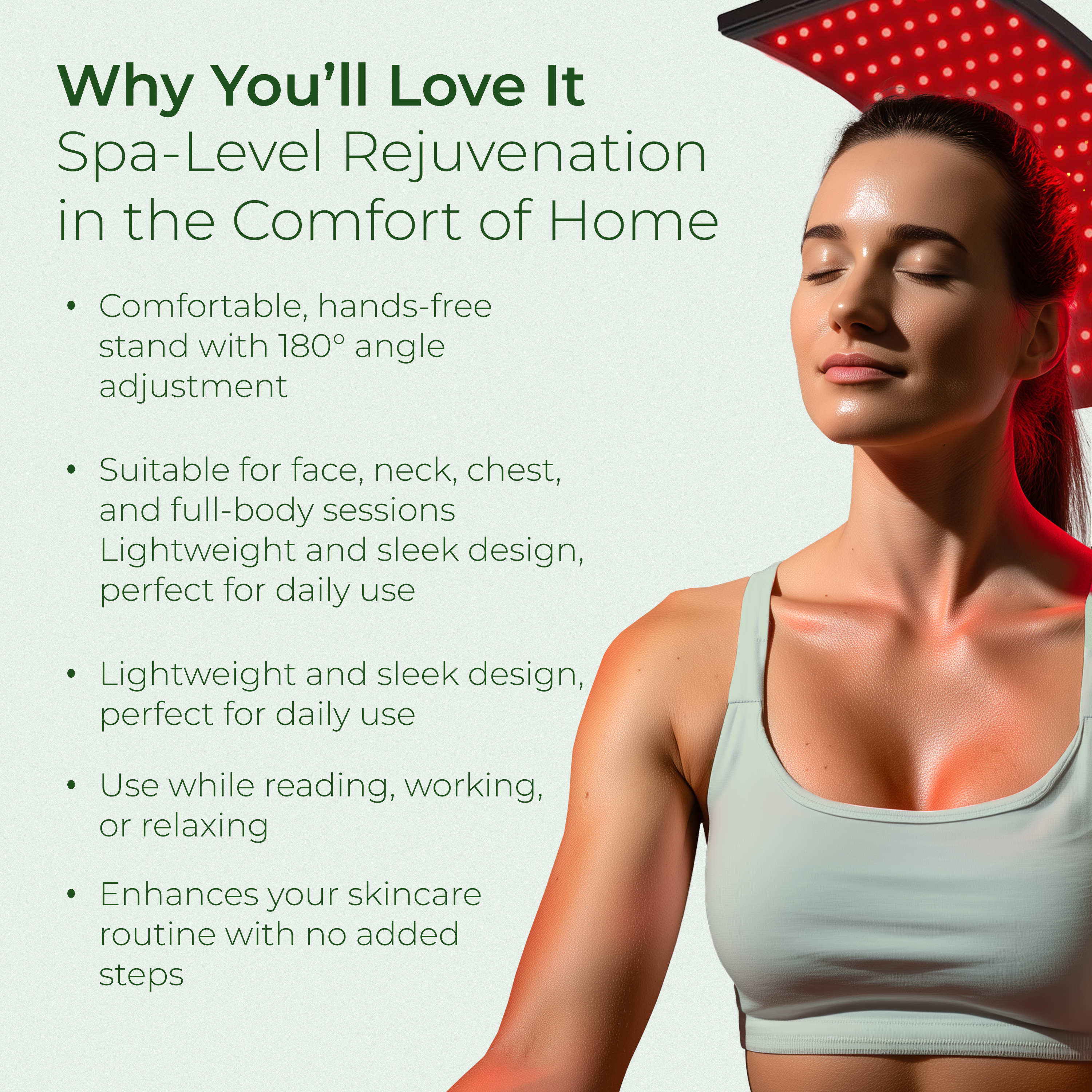
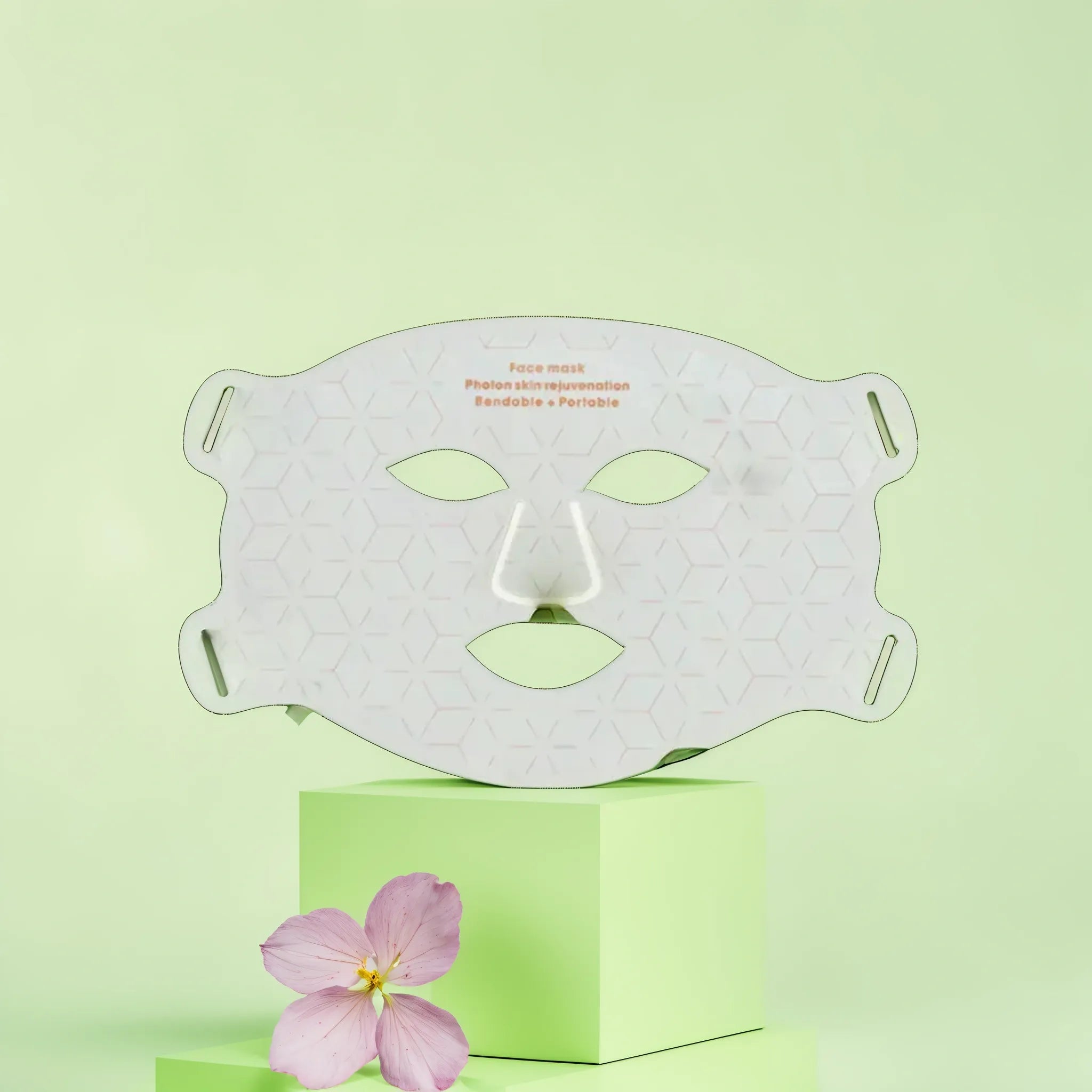
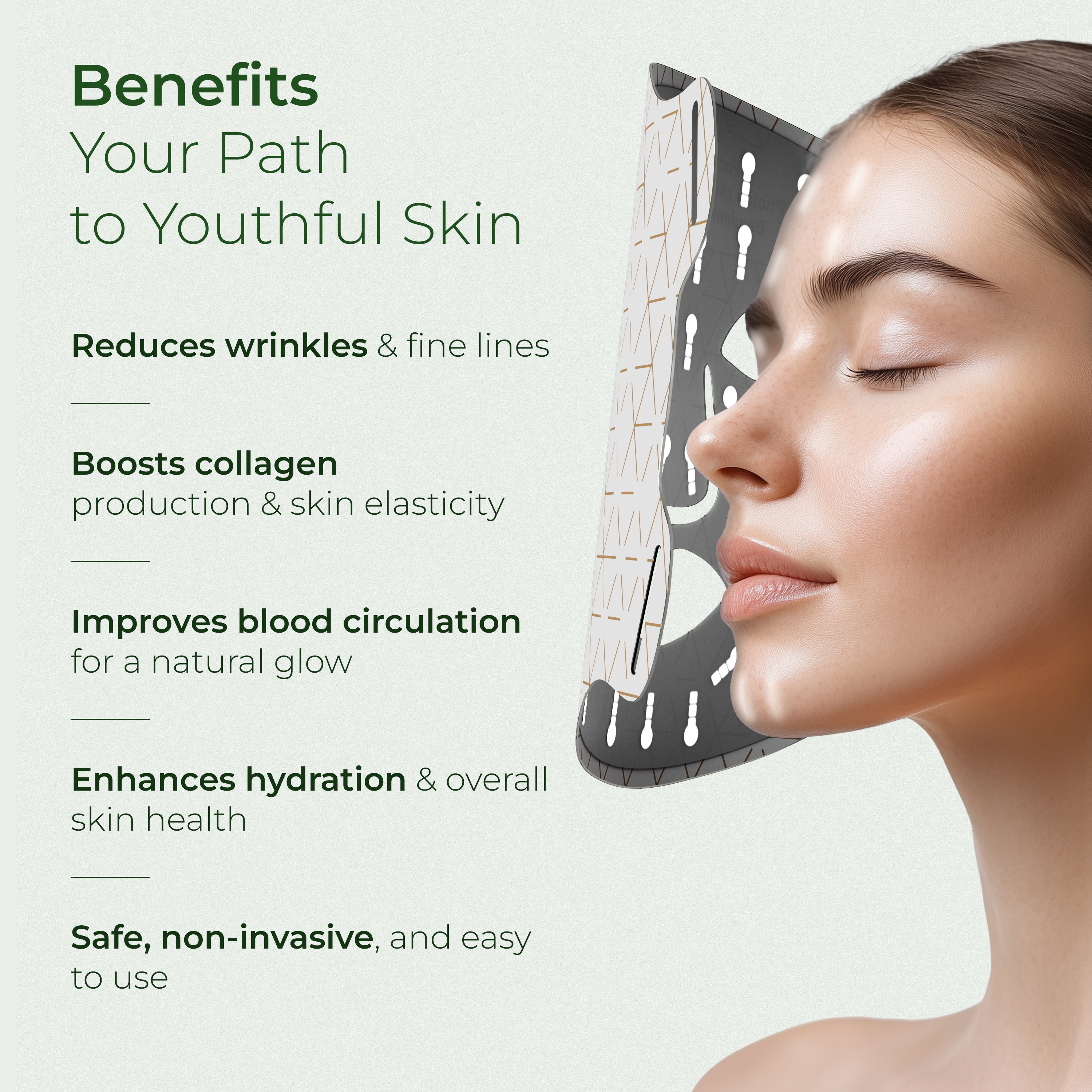


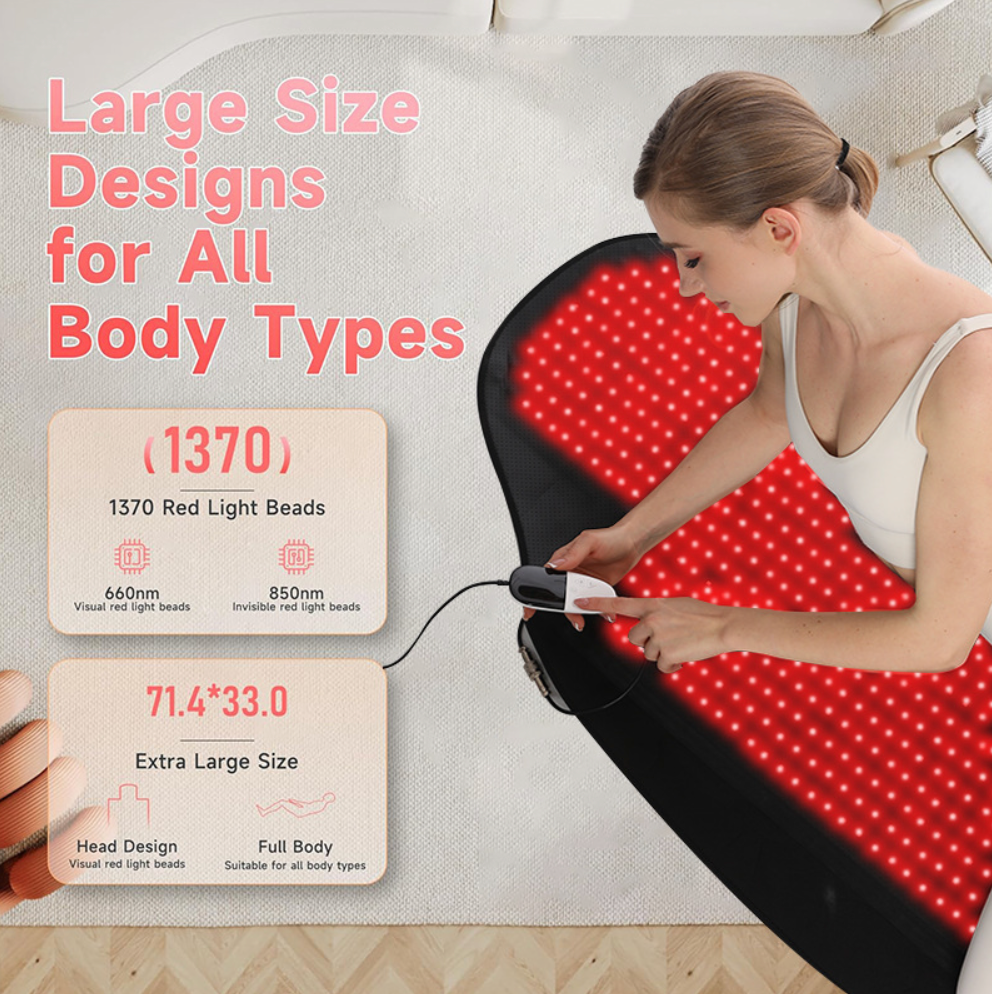
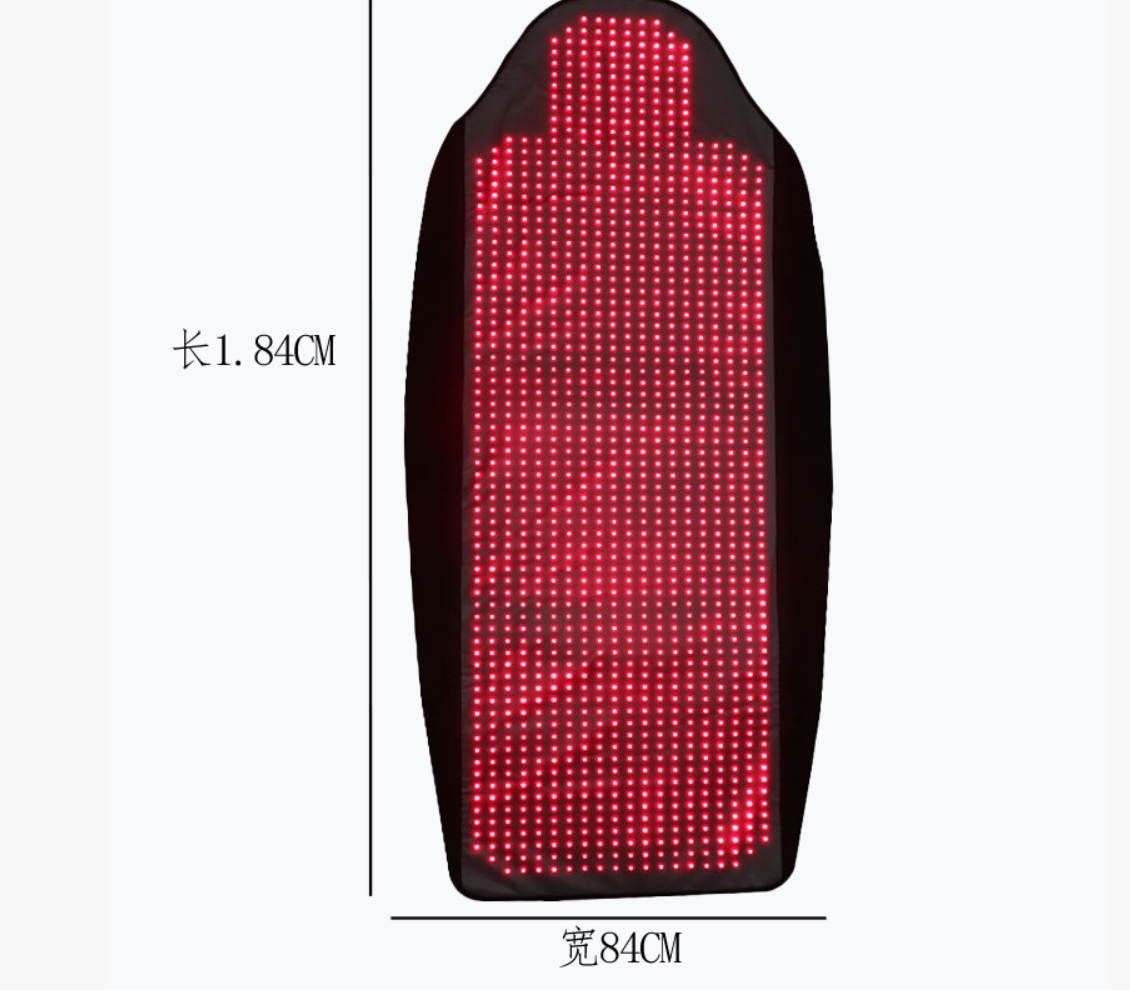
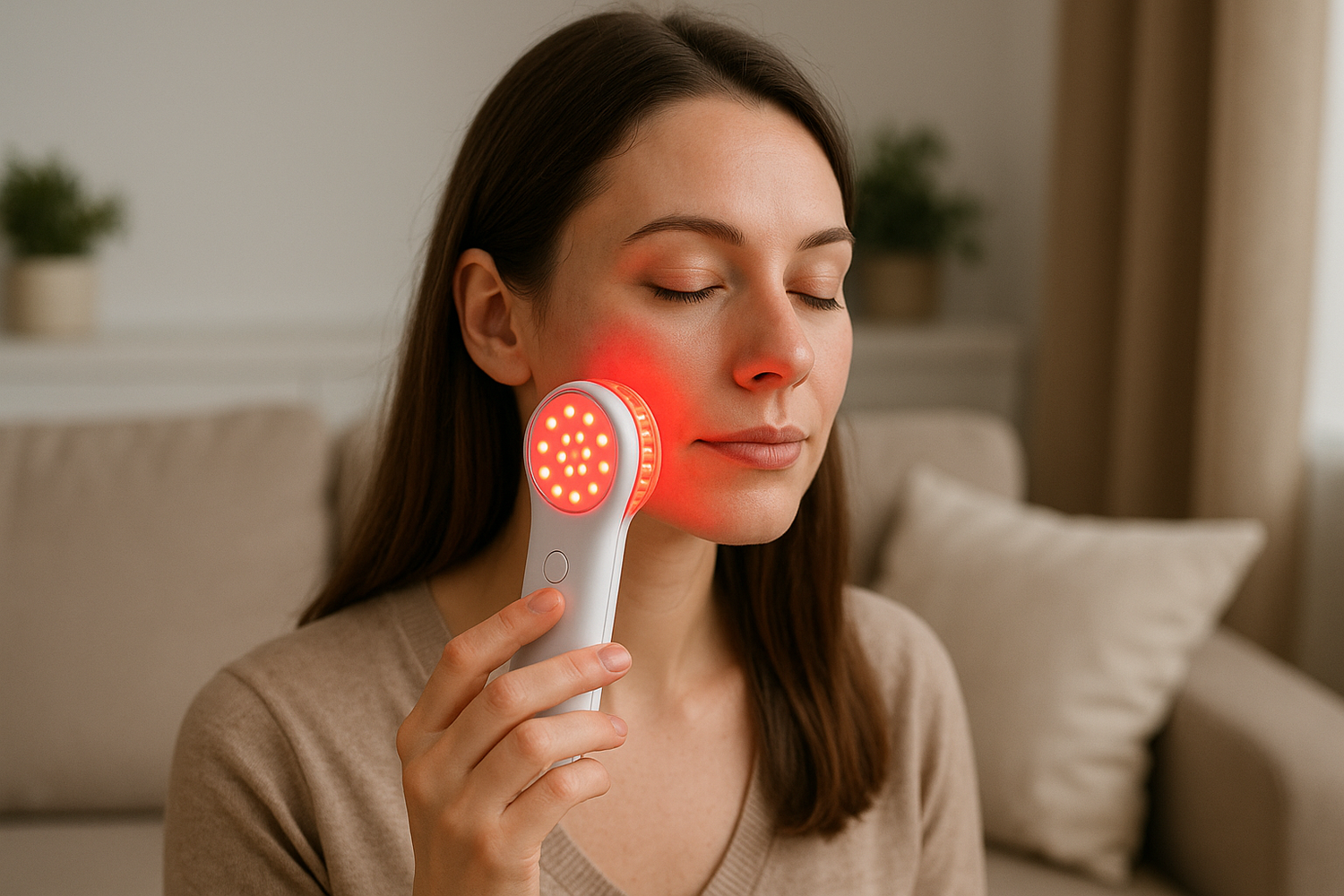
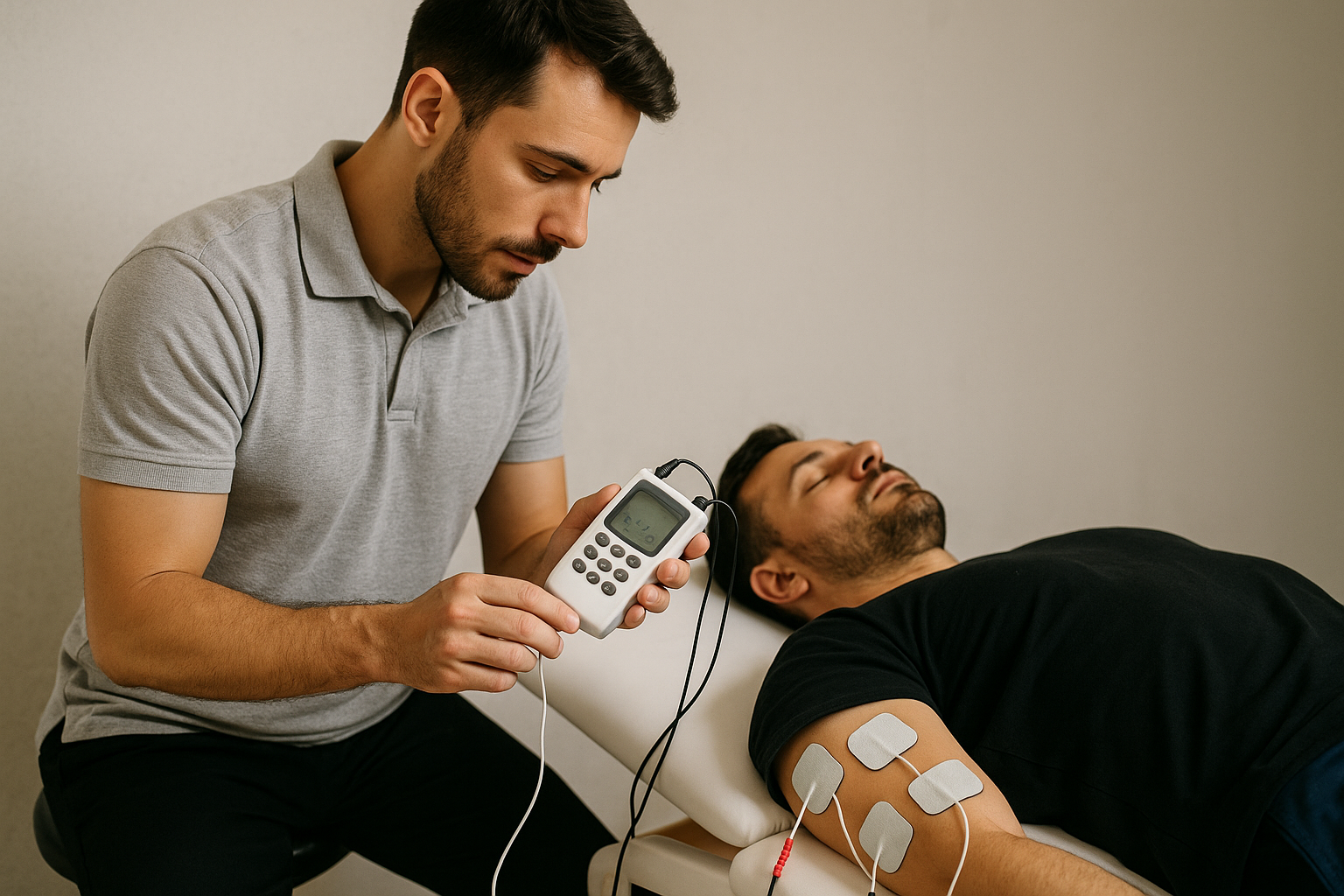

Leave a comment
This site is protected by hCaptcha and the hCaptcha Privacy Policy and Terms of Service apply.